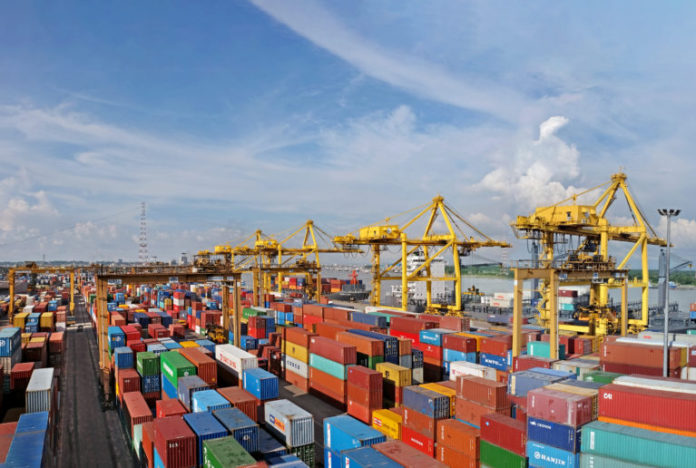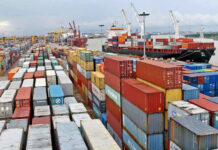Due to an increase in imports compared to exports, and rising prices of all types of products including fuel in the world market, the trade deficit in the first nine months of the current fiscal year (2021-22) was 2 thousand and 490 crore dollars, which is over Tk 2 lacs and 15 thousand crores in Bangladeshi currency.
The trade deficit for the first nine months of the fiscal year 2020-21 was 1 thousand and 527 crore dollars. The deficit for the full fiscal year was 2 thousand and 280 crore dollars.
Economists say that the trade deficit has widened sharply due to the unusual rise in imports. However, to keep the country’s economy normal, imports must be brought under control. Otherwise, the economy will fall into a crisis.
Imports have been on the rise since the COVID-19 pandemic situation returned to normal. And the gap between import and export or trade deficit is increasing.
The data released by Bangladesh Bank on Sunday (8 May) updated the current account balance of foreign transactions, showing that Bangladesh imported a variety of goods worth 6 thousand and 152 crore dollars during July-March of the 2021-22 fiscal year. This is 43.86% percent more than the same period last year. In these 9 months of the fiscal year 2020-21, goods worth 4 thousand and 276 crore dollars were imported.
On the other hand, during July-March of the current fiscal year, the exporters earned a revenue of 3 thousand and 661 crore dollars by exporting various products, which is 32.92% more than the same period of the last fiscal year. As a result, the overall trade deficit in commodity trade in the first nine months of the fiscal year stood at 2 thousand and 490 crore dollars.
Demand for all types of goods has grown significantly after COVID-19. Besides, the prices of products in the world market were increasing by leaps and bounds. Prices are rising further as supplies have been disrupted by the recent Russia-Ukraine war.
In April last year, the price of fuel oil in the international market was $60 per barrel. On Sunday (8 May), the oil was sold for more than $112. It rose to $139 at the start of the Russia-Ukraine war. This has increased the cost of imports.




